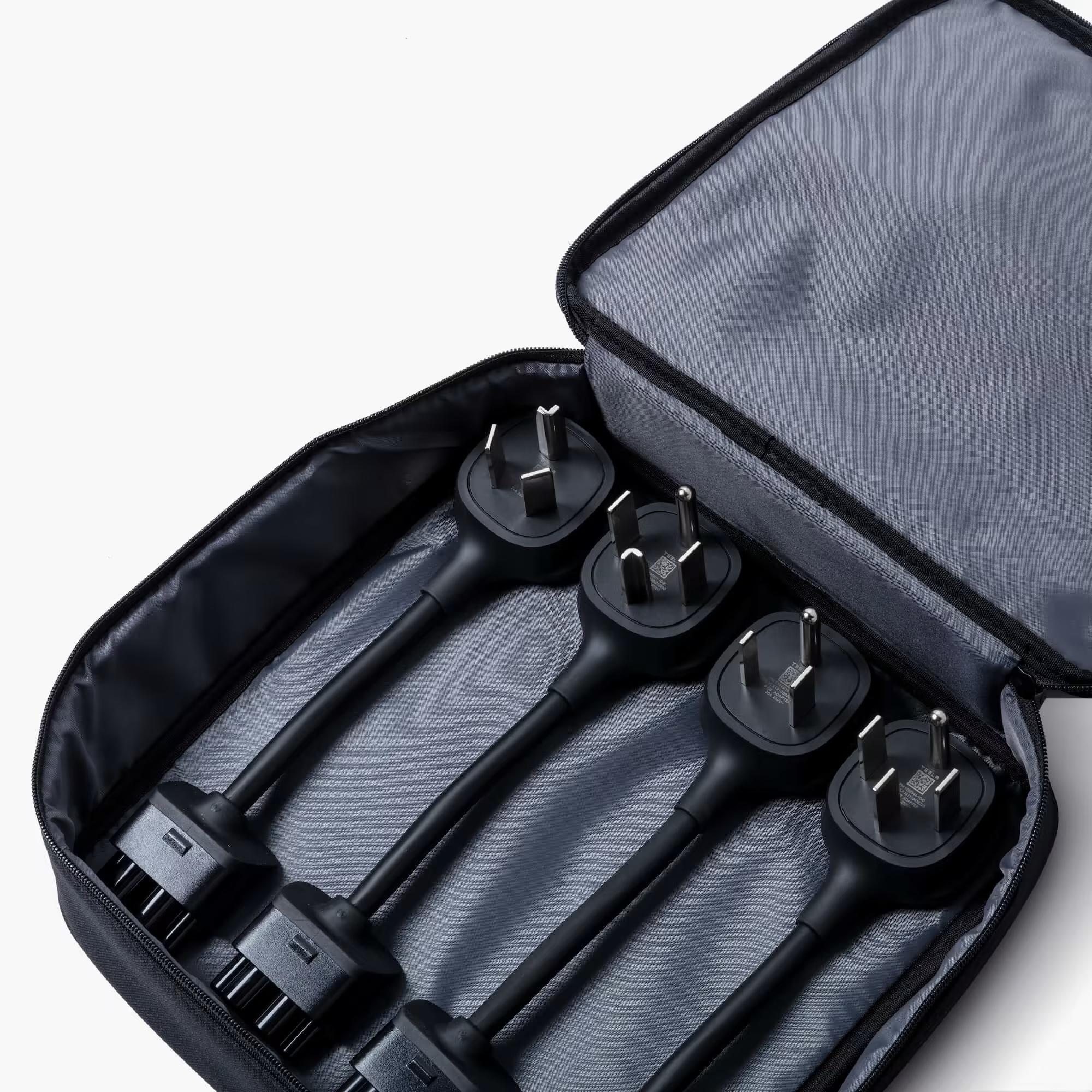BennyTheBeaver
Well-known member
I plan on plugging a 48a EVSE into a NEMA 14-50 plug.
You can do this, just need to be sure the model you purchase has adjustable amperage and it needs to be dropped to 40a (which I will be doing).
My reasoning: I have a NEMA 14-50 ready to go, but want the extra amperage should I choose to call an electrician and get the system hardwired in the future.
You can do this, just need to be sure the model you purchase has adjustable amperage and it needs to be dropped to 40a (which I will be doing).
My reasoning: I have a NEMA 14-50 ready to go, but want the extra amperage should I choose to call an electrician and get the system hardwired in the future.
Sponsored


